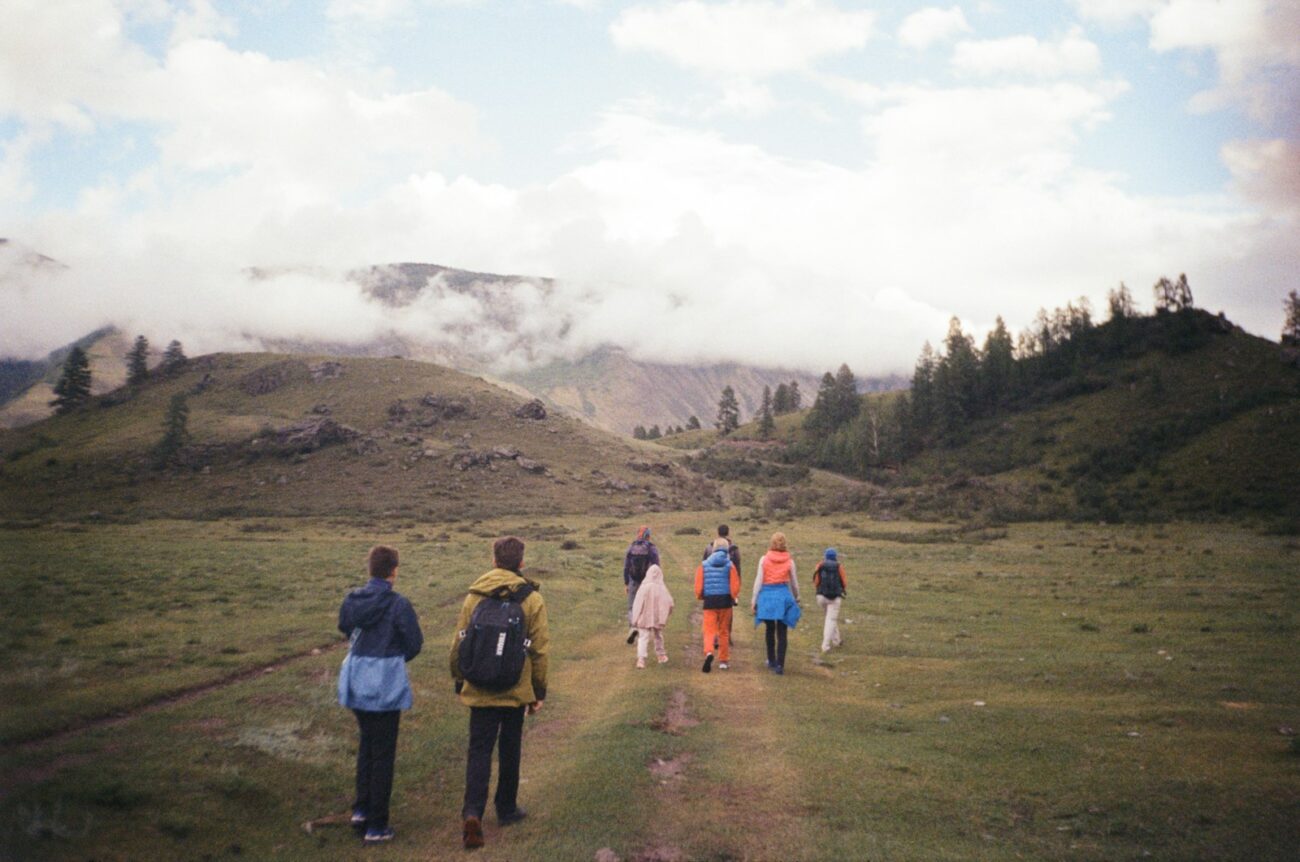Exploring the great outdoors as a family creates lasting memories and offers a healthy escape from our increasingly digital lives. The sounds of children’s laughter mingling with birdsong, the shared sense of accomplishment when reaching a summit, and the natural conversations that flow while walking side by side make family hikes invaluable bonding experiences. However, venturing into nature requires thoughtful preparation and awareness to ensure everyone returns home safely. From toddlers to teenagers, grandparents to parents, each family member has unique needs and capabilities that must be considered when hitting the trails. This comprehensive guide will help you navigate the wonderful world of family hiking while prioritizing safety at every step of the journey.
Understanding Your Family’s Capabilities
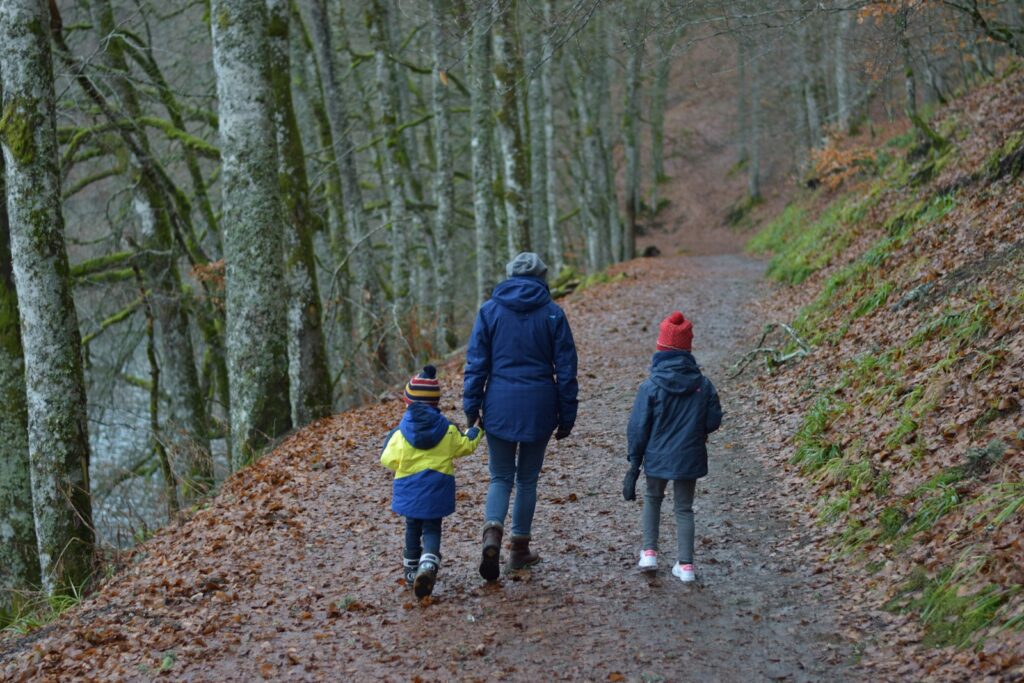
Before embarking on any trail adventure, it’s crucial to honestly assess each family member’s physical abilities and experience level. Young children might enthusiastically start a hike but tire quickly, while older adults may need to consider joint stress or stamina issues. Consider beginning with shorter, flatter trails and gradually working up to more challenging terrain as your family builds confidence and endurance. Remember that a successful family hike isn’t measured by distance or difficulty but by the positive experience shared together. Setting realistic expectations helps prevent exhaustion, frustration, and potential safety issues that arise when family members are pushed beyond their limits.
Researching Your Trail in Advance
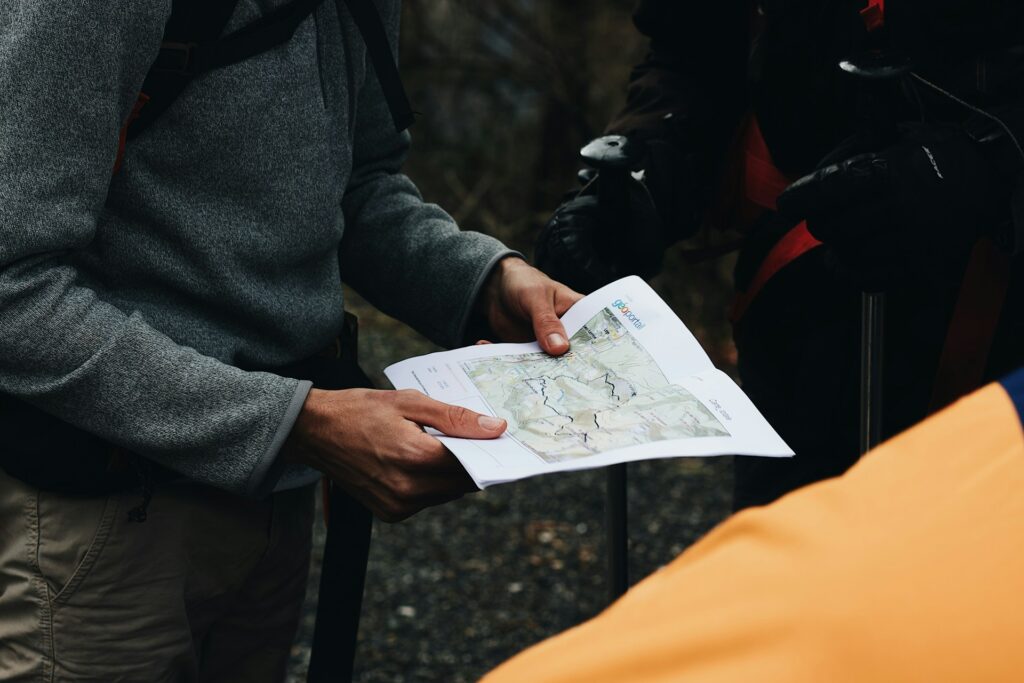
Thorough research is your first line of defense against unexpected situations on the trail. Study recent trail reports, check weather forecasts for your specific hiking location (not just the nearest town), and understand potential hazards like river crossings or exposed sections. Many hiking websites and apps offer family-friendly filters that can help identify suitable trails with amenities like restrooms, picnic areas, or points of interest that will engage children. Contact local ranger stations or visitor centers for the most up-to-date information, as online resources may not reflect recent trail closures or conditions. Share your planned route and expected return time with a trusted friend or family member who isn’t joining the hike, establishing a clear timeline for when they should alert authorities if you haven’t checked in.
Packing the Right Gear
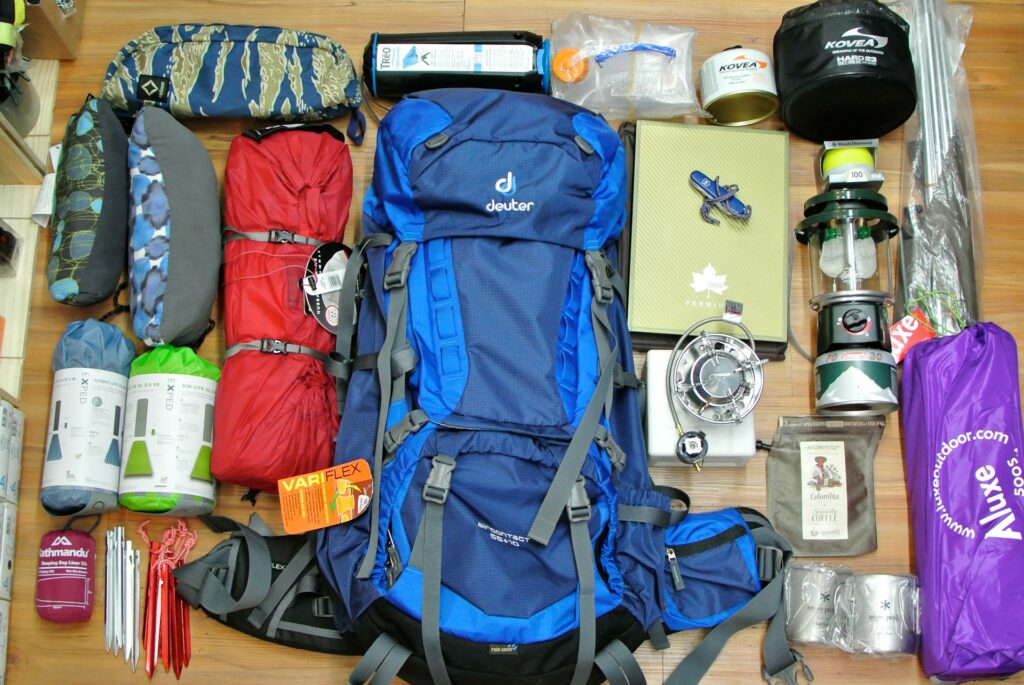
Appropriate gear forms the foundation of a safe hiking experience, especially with family members of varying ages. Invest in properly fitted footwear for everyone—even short trails can become hazardous with inadequate shoes that cause blisters or slips. Layer clothing strategically to accommodate changing weather conditions and activity levels, starting with moisture-wicking base layers and including waterproof outer layers if there’s any chance of precipitation. Prepare a family first aid kit tailored to your specific needs, including any prescription medications, allergy treatments, and child-appropriate remedies. Remember that children may need additional items like extra clothes for inevitable puddle encounters, comfort objects for younger ones, or specific snacks to maintain energy and morale throughout the hike.
Staying Hydrated and Nourished

Proper hydration and nutrition are non-negotiable aspects of trail safety that require special attention when hiking with family. Children dehydrate more quickly than adults and often don’t recognize thirst signals until they’re already dehydrated, making regular water breaks essential regardless of whether they say they’re thirsty. Pack more water than you think necessary—a good rule of thumb is at least half a liter per hour of moderate activity per person, with extra for hot weather or strenuous trails. Bring along high-energy, nutrient-dense snacks that won’t crumble or melt, such as trail mix, jerky, cheese sticks, and fresh fruit with sturdy peels. Create excitement around refueling by establishing fun “snack spots” at scenic points along your route, turning necessary breaks into memorable moments that children will look forward to during the hike.
Establishing Clear Communication Systems

Even on relatively simple trails, establishing communication protocols can prevent dangerous situations from developing. Teach children basic whistle signals—one blast for “where are you?”, two for “come to me,” and three for “emergency”—and ensure every family member carries a whistle attached to their clothing or pack. For families with older children who might hike slightly ahead, establish regular checkpoints where everyone must wait for the group to reconvene. Consider investing in two-way radios for older kids if your hiking area lacks reliable cell service, providing a way to maintain contact if your group temporarily separates. Create a buddy system where younger children are always paired with an adult or responsible older sibling, ensuring no one ever hikes alone.
Wildlife Awareness and Safety
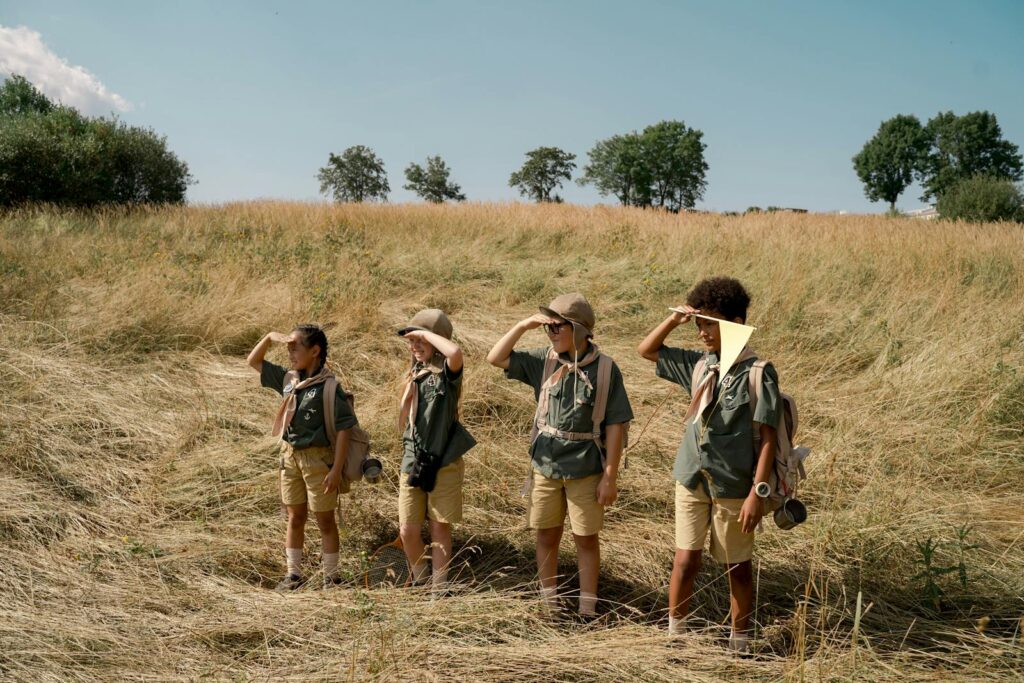
Encountering wildlife can be a highlight of family hikes, but these experiences require proper education and boundaries. Teach children to respect wildlife by observing from a distance—the general rule is to stay far enough away that you don’t alter an animal’s behavior. Make noise while hiking, especially in dense vegetation or around blind corners, by conversing normally or occasionally calling out “Hey bear!” to avoid startling animals. Explain to children why feeding wildlife is harmful, both to the animals’ health and natural behaviors, as well as potentially dangerous for humans. Develop an age-appropriate action plan for different wildlife encounters based on the species in your hiking area, practicing scenarios so children know exactly what to do if they spot a bear, moose, snake, or other significant wildlife.
Navigation Skills for the Whole Family

Building basic navigation awareness in all family members, even young children, creates multiple layers of safety during your outdoor adventures. Show children how to identify trail markers and teach them to stop immediately if they no longer see these indicators. Involve older kids in the navigation process by letting them hold maps, identify landmarks, or take turns leading while under supervision. Consider turning navigation into a game by creating a scavenger hunt for trail features or landmarks shown on your map, building their observation skills while keeping them engaged. For teenagers, introduce compass and map reading skills or GPS navigation apps, empowering them with abilities that build confidence and could prove crucial in unexpected situations.
Weather Preparedness and Response
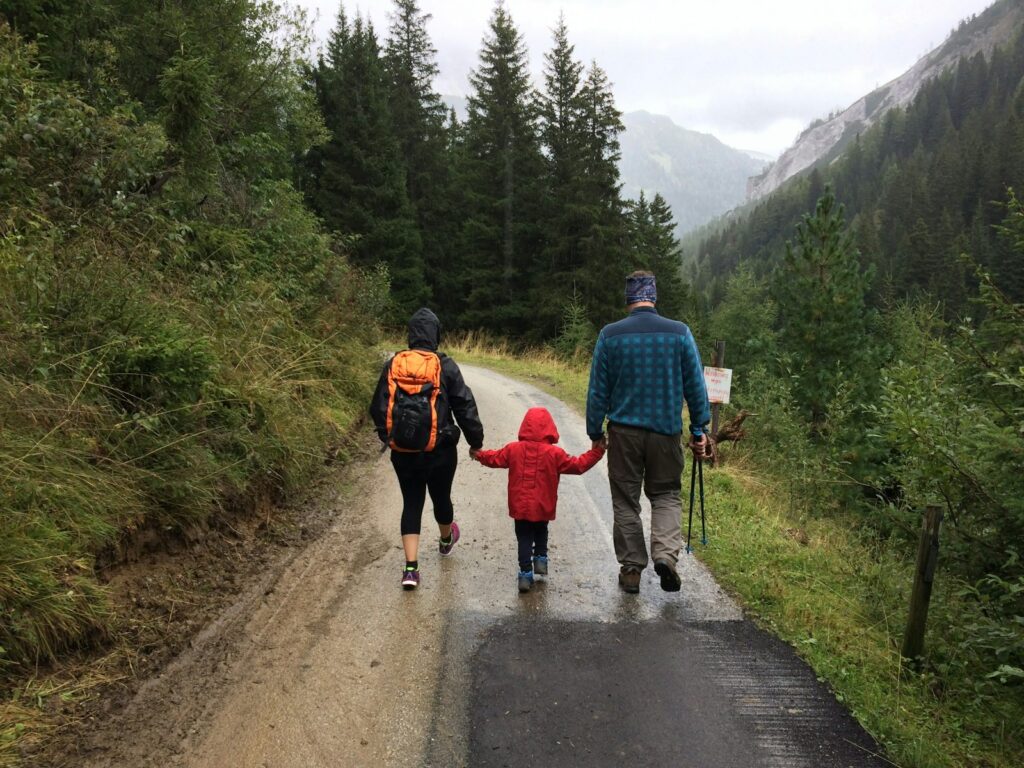
Weather conditions can change rapidly in outdoor environments, especially in mountainous or coastal regions, requiring families to prepare for multiple scenarios. Learn to recognize signs of approaching storms in your hiking area, such as building cumulus clouds, sudden temperature changes, or increased wind. Establish clear turnaround criteria based on weather, agreeing in advance that certain conditions like thunder or heavy rain automatically trigger a return to the trailhead. Teach children about appropriate responses to different weather events—seeking lower ground during lightning, finding natural windbreaks during strong gusts, or adding layers during sudden temperature drops. Always pack extra clothing layers, rain protection, and sun gear regardless of the forecast, as mountain weather particularly is notoriously unpredictable and can change dramatically within hours.
First Aid Knowledge for Common Trail Injuries
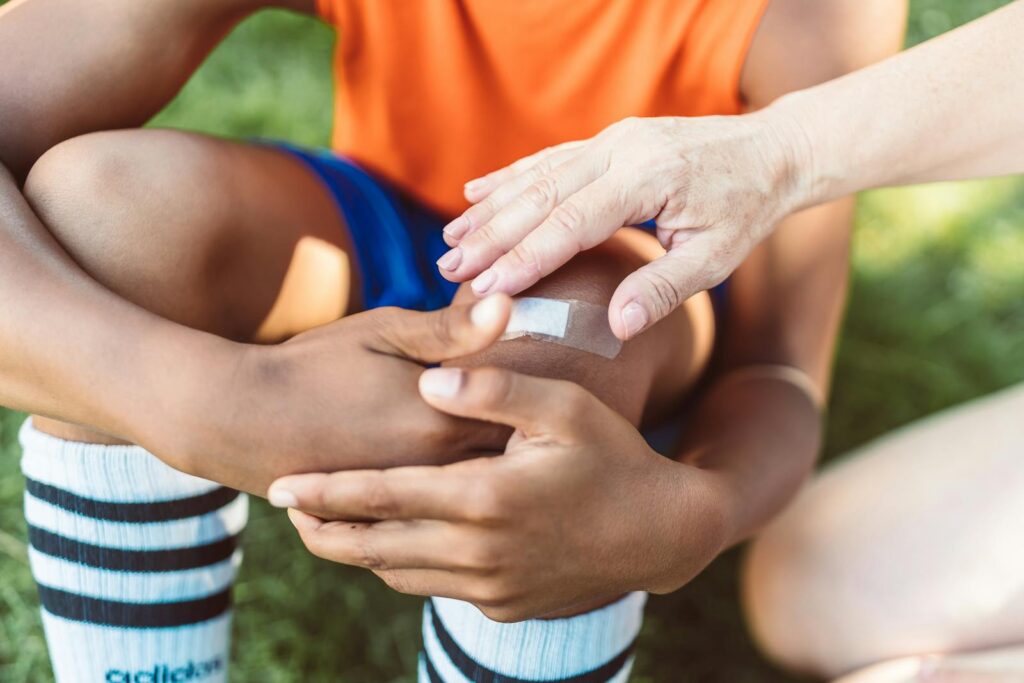
Building family-wide awareness of basic first aid principles creates a safer hiking environment where everyone can potentially contribute to emergency response. Practice proper blister care, including early intervention when “hot spots” develop, applying moleskin or specialized blister bandages before skin breaks. Teach children to recognize and report symptoms of heat exhaustion or dehydration, such as headaches, dizziness, or unusual fatigue. Demonstrate proper techniques for cleaning and bandaging minor cuts and scrapes, emphasizing the importance of prompt wound care in outdoor settings. Consider enrolling older family members in wilderness first aid courses, which address the unique challenges of providing care when medical facilities are hours away and resources are limited to what you carry.
Managing Special Needs on the Trail
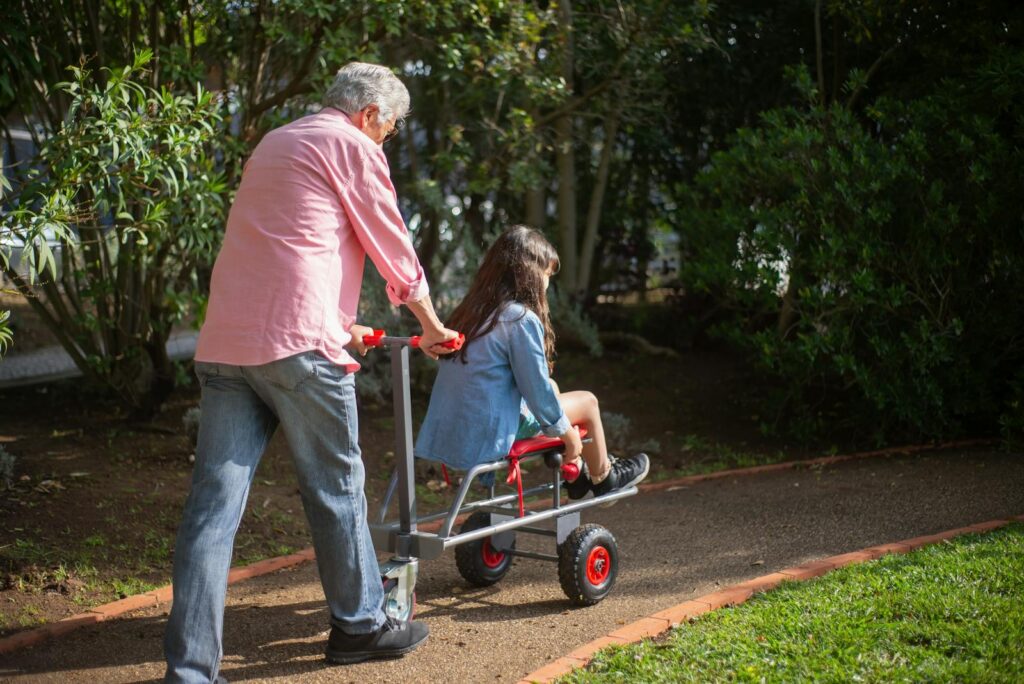
Families with members who have special needs can absolutely enjoy hiking adventures with thoughtful accommodations and planning. Research trail accessibility thoroughly if family members use mobility devices, contacting park services directly to get specific information about trail surfaces, width, and obstacles. For children with sensory sensitivities, consider hiking during less crowded times and bringing noise-canceling headphones or comfort items to help manage overwhelming environments. Families managing medical conditions should carry appropriate emergency medications in multiple locations (not all in one pack) and ensure several adults know proper administration techniques. Communicate any special needs to all family members in age-appropriate ways, fostering an inclusive environment where everyone understands and supports accommodations needed for a successful outing.
Teaching Leave No Trace Principles
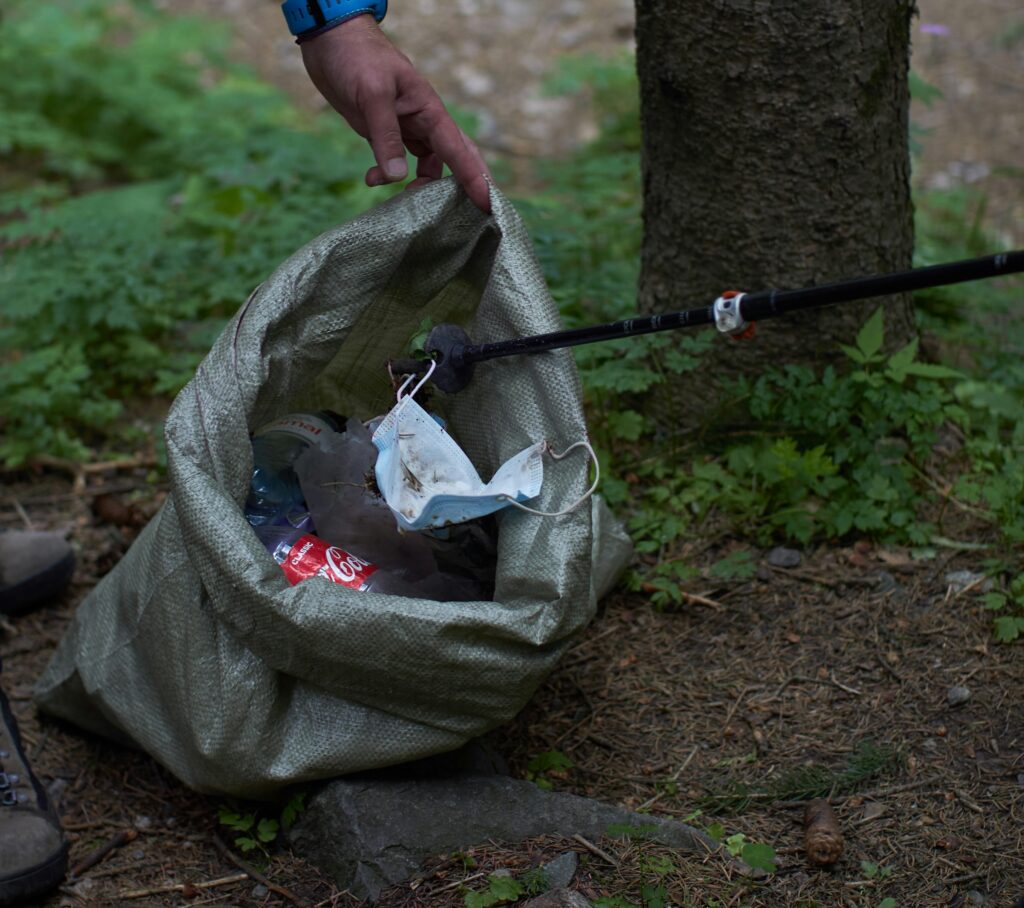
Environmental stewardship is an essential component of trail safety, preserving natural spaces for wildlife and future visitors while reducing hazards for your own family. Involve children in practicing Leave No Trace principles by making it a game—challenge them to find every piece of their own trash, even tiny candy wrappers or fruit peels. Explain how seemingly harmless actions like shortcutting switchbacks can create dangerous erosion and trail degradation that might cause injuries to future hikers. Demonstrate proper waste management, including the responsible disposal of human waste using catholes or pack-out systems depending on your hiking location’s regulations. These lessons not only protect the environment but also instill a sense of responsibility and respect that translates to safer behavior on the trail.
Creating Age-Appropriate Emergency Plans

Developing emergency protocols that every family member understands provides crucial preparation for unexpected situations on the trail. For younger children, teach the simple “hug a tree” principle—if they realize they’re lost, they should stop moving, find a comfortable tree to sit by, and make noise rather than wandering further. Role-play emergency scenarios at home before your hike, practicing responses to situations like injuries, getting separated, or unexpected weather. Create emergency reference cards with important phone numbers, meeting points, and basic instructions that older children can carry in their packs. Establish clear guidelines about when to use emergency whistles or signaling devices, ensuring children understand these are tools for genuine emergencies rather than toys.
Making Safety Part of the Adventure
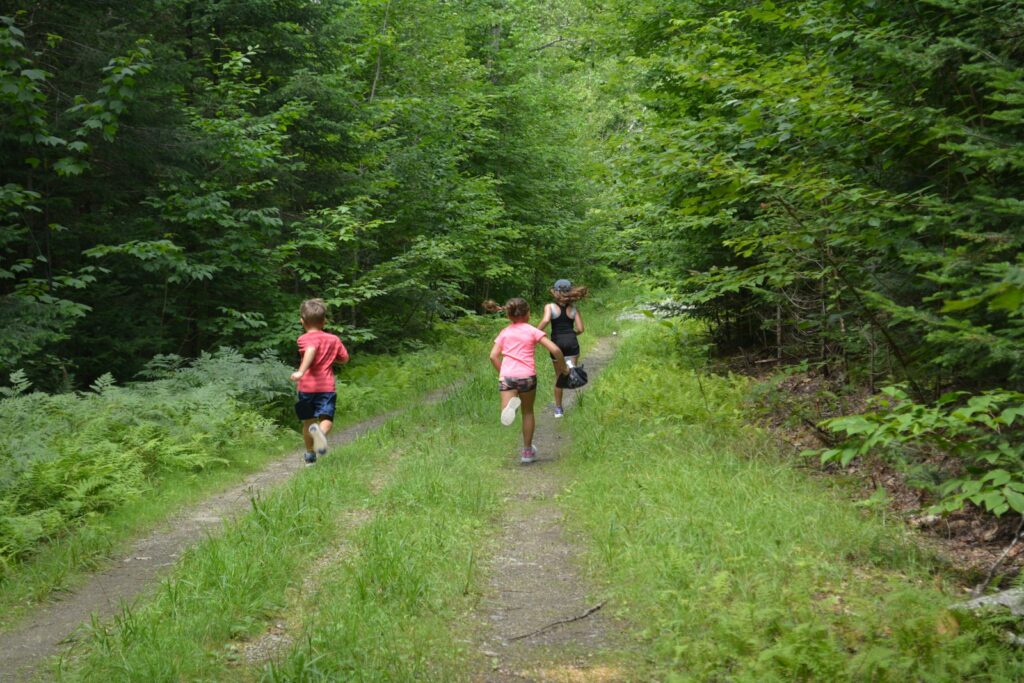
Perhaps most importantly, integrate safety practices into the joy and adventure of your family hiking experience rather than treating them as burdensome rules. Turn regular water breaks into opportunities to spot wildlife or identify interesting plants, making hydration a natural part of exploration rather than an interruption. Create trail games that reinforce safety concepts, like “I Spy” focused on identifying trail markers or potential hazards. Celebrate when family members demonstrate good safety practices, acknowledging their contribution to the group’s wellbeing and reinforcing positive behaviors. By weaving safety consciousness into the fabric of your outdoor adventures, you’ll raise children who intuitively make good decisions on the trail while fully embracing the wonder and joy of nature exploration.
Conclusion
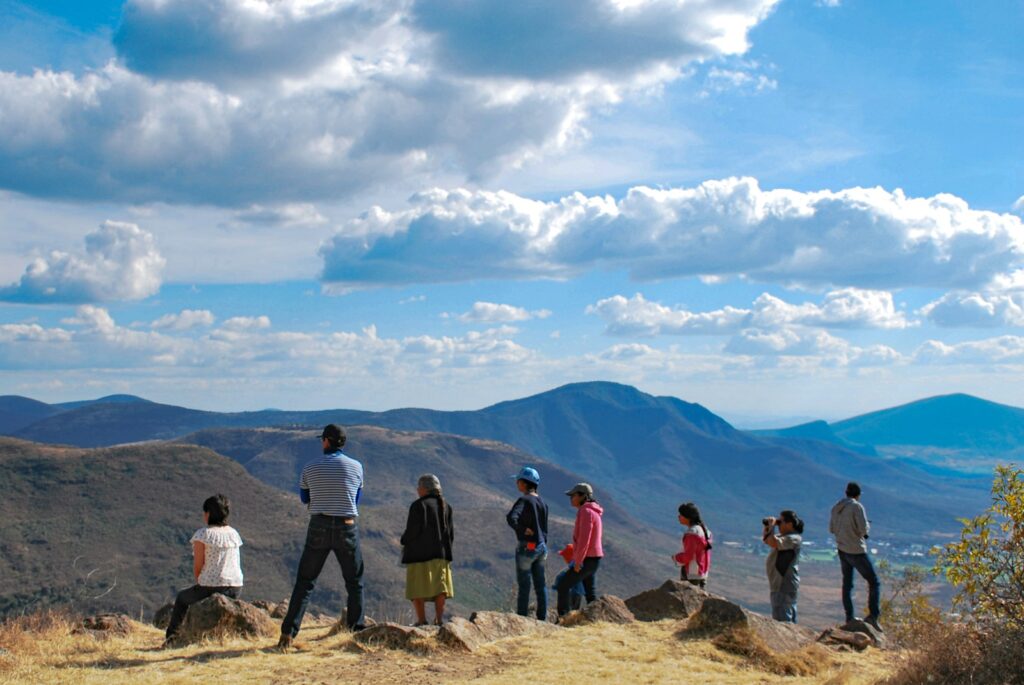
Family hiking offers irreplaceable opportunities for connection, education, and healthy activity when approached with thoughtful preparation and safety awareness. The trails provide natural classrooms where children learn resilience, environmental stewardship, and self-reliance while strengthening family bonds through shared challenges and discoveries. By understanding your family’s unique needs, researching thoroughly, communicating clearly, and preparing appropriately, you create the foundation for outdoor experiences that will be remembered not for mishaps or fears, but for moments of wonder and accomplishment. As you implement these safety practices, remember that the ultimate goal isn’t perfect adherence to rules but fostering a lifelong love of nature exploration balanced with respect for its power and unpredictability. The family that learns to hike safely together creates a legacy of outdoor confidence that can span generations.

